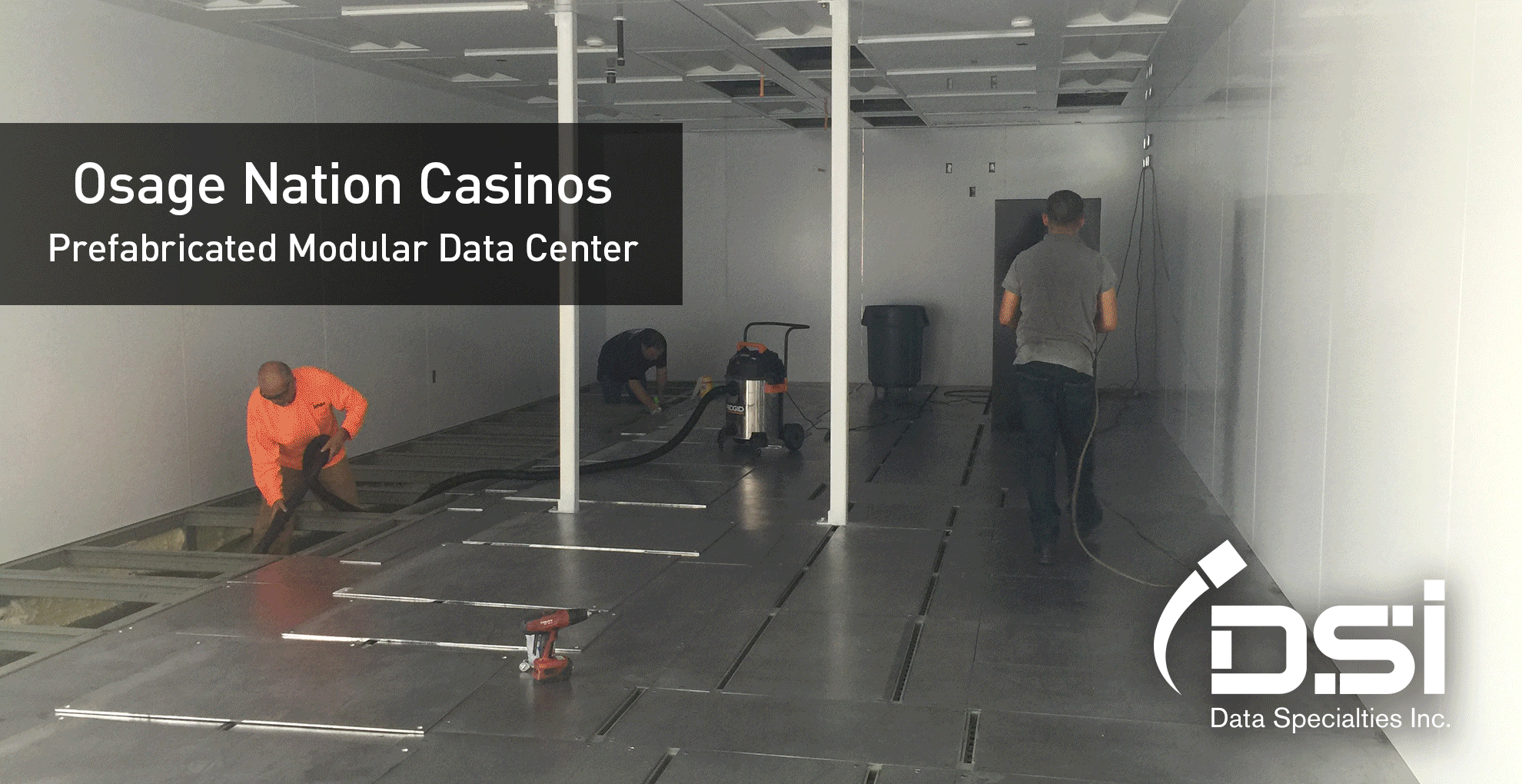Keeping the Internet Running in a Crisis
The COVID-19 crisis is directly impacting critical facilities around the world and is making uptime and resilience more critical than ever. Thanks to stay-at-home directives, and the closed doors of many physical businesses, almost half of employed adults in the US are working from home. Add to that, so many are now reliant on digital content for entertainment, digital platforms and video for socializing, and voice and text for staying in contact with friends and family. All that translates into communications providers and network infrastructure seeing a significant increase in demand.
According to a new OECD study, providers all along the Internet value chain—fixed and mobile broadband operators, content and cloud providers, and Internet exchange points—are seeing as much as a 60% jump in traffic as compared to before the crisis. Meeting this demand requires that network operators and content providers maintain or expand their capacity, and many have successfully met the challenge.
As Facebook’s WhatsApp has seen a 100% increase on voice calls, Verizon a 52% increase in virtual private network (VPN) traffic, and Cisco Webex 24 times its regular volume, the underlying infrastructure is dealing with these unprecedented demands. Internet exchange points are handling net increases of up to 60%. To meet the demand, operators and providers are having to manage the changes in utilization to reduce congestion at peak times and ensure access to all.
The OECD recommends several best practices for operators, providers, regulators, and policy makers for maintaining and supporting networks to deal with this demand:
• Maintain access to hardware and Data Centers and restrict physical access to key communications facilities to prioritize scheduled maintenance.
• Anticipate the new demand and upgrade capacity to prevent congestion
• Monitor performance of key infrastructure services
This is an unprecedented time for critical facilities like Data Centers—now on the front lines of helping people around the world get through this crisis. Customers, both consumers and businesses, are relying on the Internet so they can work and stay connected at this difficult time. They trust that Data Center operators, network infrastructure, and content providers will continue to deliver these necessary services. In many places around the world, systems are indeed adjusting to the surge in demand. And it’s important that operators, providers, and regulators work together to ensure these critical services can continue to stay up and running and can accommodate this new level of demand.



